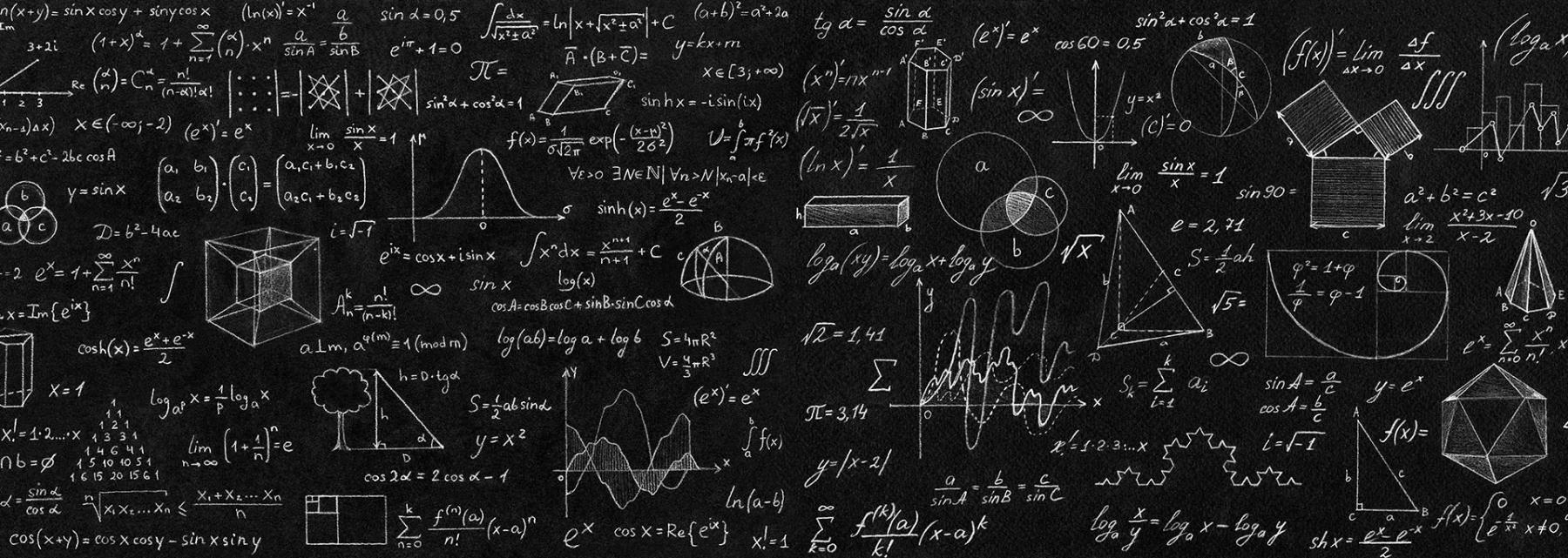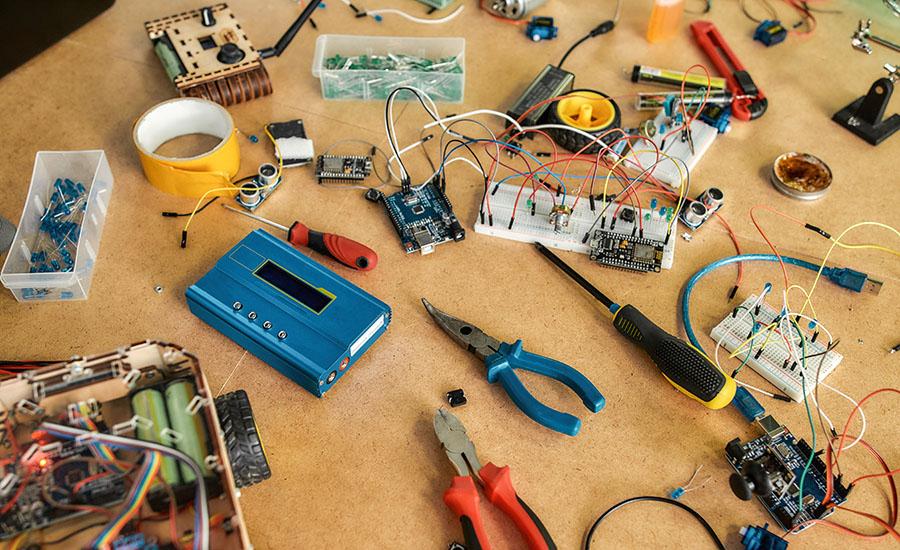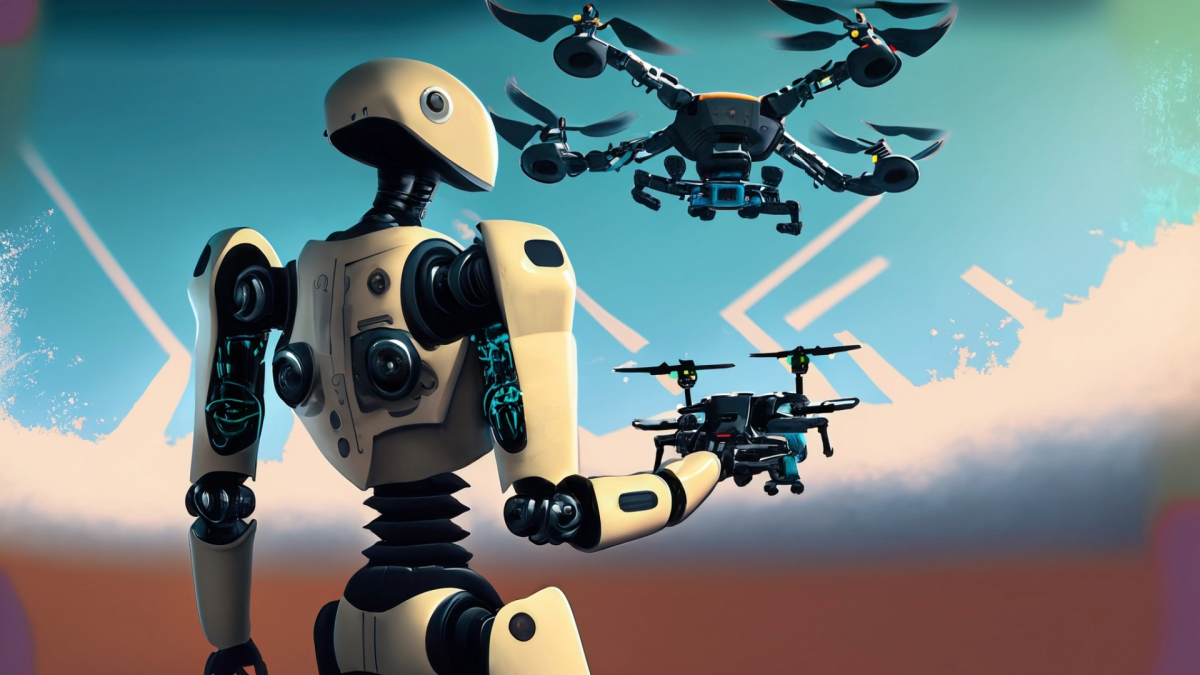
Modeling Newton's Laws with Stations Part 1
by Vickie Campbell
With this introductory lesson on Newton's Laws, student will have the opportunity to understand and explain Newton's 3 laws through a hands-on experience. This is an excellent way to introduce physics to many students. Included in this lesson are stations for inertia, acceleration, equal and opposite, and friction. Students will have a blast and will come away with a better understanding of all of Newton's 3 laws of motion.
Lesson Plan Link/URL
https://docs.google.com/presentation/d/1doVwTd6P9gPKBvNLaXlfW4tHZED7ZsTuIgOUImJ…Related Content

Grades:
4th Grade, 5th Grade, 6th Grade, 7th Grade, 8th Grade
Students create a polling station, using student-made buttons, a circuit, and coding a Micro:Bit, to discover and report current student trends.

Grades:
3rd Grade, 4th Grade, 5th Grade, 6th Grade, 7th Grade, 8th Grade
On the second day students use more complex coding, the built in camera for taking pictures and experience FPV. It has 3 missions total in this lesson. This lesson also uses yaw to keep the camera

Grades:
7th Grade, 8th Grade, 9th Grade, 10th Grade, 11th Grade, 12th Grade
Students will combine science and art by using an alternative photographic process called cyanotypes or sun prints. After a short introduction to the history of cyanotypes and the process of creating